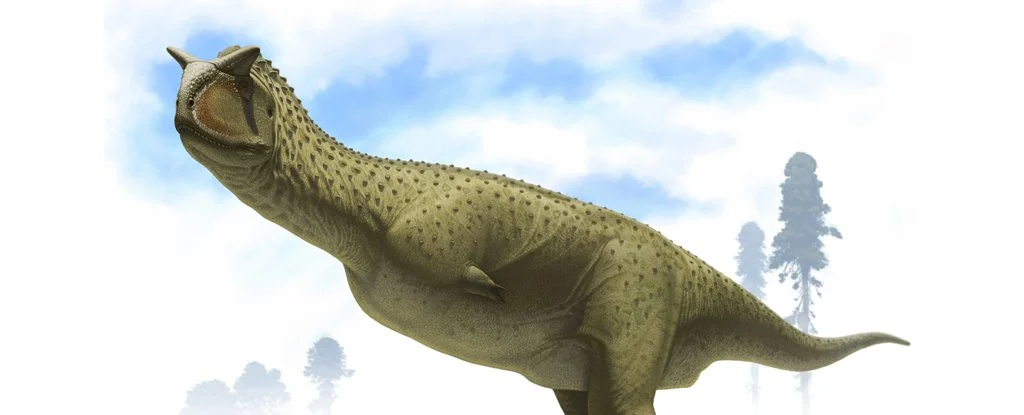The mention of dinosaurs usually brings up the image of big and/or fearsome creatures walking around on their four limbs but now scientists have come across an unusual type which has hardly any forearms as reported in sciencealert.com.
This new species has been discovered by palaeontologists in Argentina and has been christened as Guemesia ochoai and determined with the help of a single skull. This has been suggested to belong to the family of abelisaurids – carnivores that had tiny arms and were found in India, Africa, Europe and South America. This group disappeared nearly 66 million years ago.
G. ochoai’s skull discovered in Argentina’s northwest region is dated to be about 70 million years old and is one of its kind and what distinguishes it from other abelisaurids is its “remarkably small” braincase. This creature whose brain was 70 per cent of Carnotaurus genus which roamed South America’s southern tip was in fact the smallest-brained abelisaurids.
Also read: Austrian dinosaur Ankylosaurs was both deaf and slow moving
Going by its Patagonian counterparts, this new found animal’s arms dangled on the sides of its broad chest uselessly. These could neither bend nor were there any claws on them.
Despite these handicaps these abelisaurids were capable of taking on prey bigger than them and in this they were ably assisted by their strong jaws and razor-sharp teeth.
As there is only a skull to go by, it is difficult for the scientists to say how much G. ochoai measured. The Natural History Museum (NHM) of the United Kingdom compares it to Carnotaurus sastrei with the difference that it had a smaller head and no horns.
Elaborating on this, NHM’s palaeontologist Anjali Goswami said: "This new dinosaur is quite unusual for its kind. It shows that the dinosaurs that live in this region were quite different from those in other parts of Argentina, supporting the idea of distinct provinces in the Cretaceous of South America."
This lends credence to other finds of recent times that point to diversity in South America’s abelisaurids. Isolated ecosystems that came into being with the splitting of Gondwana, the southern supercontinent made the abelisaurids adapt to them.
The scientists are unable to provide any logical reasoning for G. ochoai’s tiny arms and feel that these are useless leftovers of the past from their ancestors whom they may have been helpful.
While all fossils of abelisaurid discovered in Argentina come from Patagonia and have similar features, including the small arms, the G. ochoai is the first one to be found in the northwest and its attributes are contrasting. This may be due to the warmer climate prevailing in that region. For example, its skull has a series of small holes that may have allowed the creature to cool down by pushing the blood to the surface of the skin and making it lose heat.
Also read: Flying Dinosaurs with a 40 feet wingspan once dominated the skies
The study’s authors discussing this aspect remarked: “During the Late Cretaceous, South America was divided into northeastern and southwestern realms by a sea corridor which acted as a filter for some vertebrates. The strong morphological differences exhibited by Guemesia in contrast to other abelisaurids, may be an additional proof of the biogeographic distinctiveness of northwestern Argentina during the late Cretaceous."
Argentina has hardly been explored for fossils like other parts of the world and this means that many more finds can be expected from here to help scientists understand dinosaurs better.
The details of the study was published in the Journal of Vertebrate Palaeontology.




















